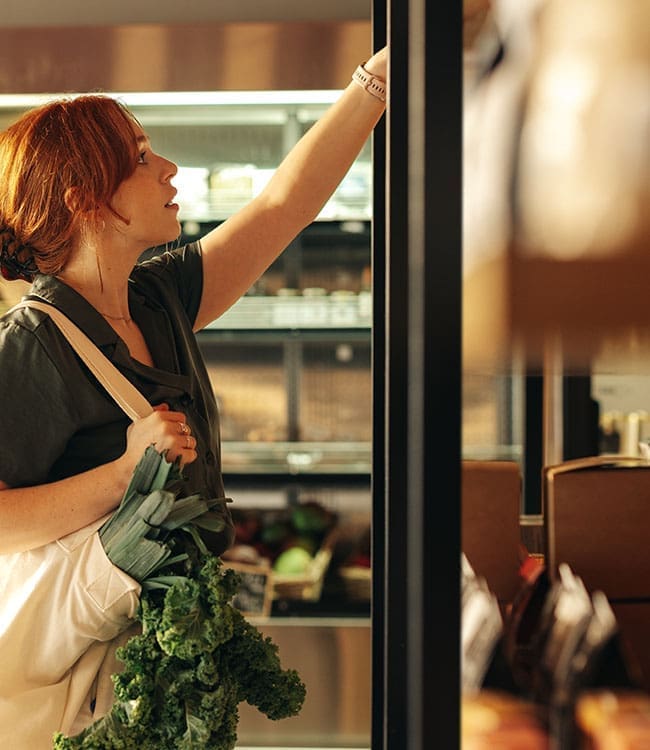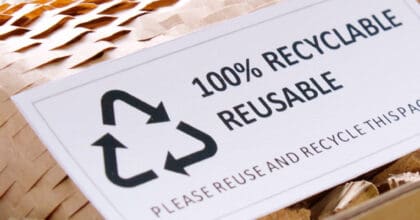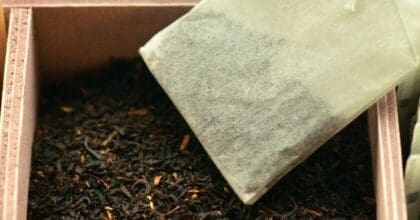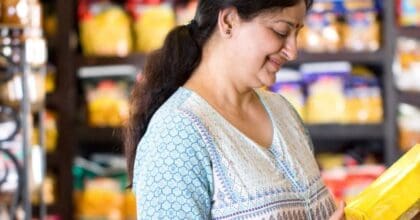“Big Red” shared more than a Coke and a smile with the world when it recently launched its first PET bottle made entirely from renewable resources. PlantBottle 2.0 was introduced at the World Expo in Milan the week of June 1, setting social media abuzz while seemingly resetting the bar for environmentally responsible plastic beverage packaging.
While the packaging industry in general patted itself on the back and the beverage segment specifically gushed with pride over PlantBottle 2.0’s introduction, consumer sentiment may be slightly more tempered. According to Mintel’s Beverage Packaging Trends US 2015 report, nearly two thirds of Millennials indicate they wish more beverage packaging was biodegradable. That sentiment is largely consistent across generations with 59% of GenerationX and Baby Boomers and 60% of the Swing Generation agreeing. However, less than a third of Baby Boomers and the Swing Generation say they pay close attention to how a beverage product is labeled in terms of the environmental friendliness of the package (eg plant-based materials, light weight, recyclable). For Millennials, the issue resonates more significantly with 51% indicating they pay close attention.
Next steps for environmentally responsible packaging
While no specific data could be found, a straw poll of consumers would likely reveal they would eagerly respond “yes” if asked if all packaging should be compostable. Ask the same constituency the difference between back-yard and industrial composting, and you’d likely get blank stares. Ask them where the nearest industrial composting facility to their home is that accepts food-grade compostable packaging, and you might as well be speaking Klingon.
But let’s back up for just a moment. Neither PlantBottle 2.0 nor its predecessor launched in 2009 is biodegradable – nor is it compostable. Those facts have been largely lost on consumers since it was announced that PlantBottle was made from up to 30% plant-based materials. What consumers, and many within the packaging industry, failed to understand was that PlantBottle was engineered to be recycled in the PET recycling stream, not composted or tossed in a landfill where it would “naturally biodegrade.”
40% of US consumers pay close attention to how beverages are labeled in terms of environmental friendliness of the package
Since introducing PlantBottle six years ago, Coca-Cola has distributed more than 35 billion of them in nearly 40 countries. Even with its now recognizable PlantBottle logo adorning labels across a host of beverage products, consumers are more likely to toss PlantBottles in the recycle bucket because they simply see the bottle as PET, not because they see it as something else. According to Mintel, just 40% of consumers pay close attention to how beverages are labeled in terms of environmental friendliness of the package. This demonstrates that the packaging and the beverage industry might serve itself better in the short- and long-term by educating consumers rather than focusing their efforts on a marketing duel over plant-based technologies.
Should beverage companies be doing more?
During the past decade, the cola wars have had more to fight about than taste and refreshment. Coca-Cola and PepsiCo have traded shots across respective bows, each upping the stakes in the march toward a true 100% plant-based plastic bottle as if their brands and consumer loyalty depended on it.
While there’s no debate that offering a plant-based alternative to the highly vilified plastic bottle will win some hearts, minds and pocketbooks, there’s also strong arguments for other options. Some point out that these beverage behemoths should be spending their R&D dollars on more efficient recycling infrastructures. The percentage of US adults who make a conscious effort to recycle overall has increased from 59% in 2007-08 to 67% in 2013-14, according to Mintel’s Food Packaging Trends US 2014 report. Further, 29% of primary or shared shoppers indicate products labeled as environmentally friendly would influence them to purchase one product over a competing product. According to the National Association for PET Container Recyclers put the US PET recycling rate at a paltry 31% in 2013.
Then there are advocates against diverting such feedstocks as corn and sugar cane from human food to either ethynol production or even plant-based plastics – no matter that less than 1% of those feedstocks are diverted annually for the latter. When sugar cane first became known to be a viable feedstock, environmentalists cried foul and lambasted such companies as Braskem for denuding rain forests to plant thousands of hectares of sugar cane – until they learned that sugar cane and rain forests grow in entirely different eco-systems. Sugar cane is primarily grown on degraded pastures that do not increase competition for new land or displace other crops. Estimates show that sugar cane production in Brazil could increase thirty times without endangering sensitive ecosystems or taking land destined for food crops.
Then there are the economists who point out that such plant-based resins as PLA, PHA or PHB are significantly more energy intensive to produce and have a far lower yield than fossil-based fuel options. And with the price of a barrel of oil fluctuating around the $58 mark (oil-price.net), the economics of virgin PET resin vs. the higher cost of plant-based alternatives favors traditional plastics now and for the foreseeable future.
But that’s not to say that “alternatives” shouldn’t be pursued. While algae, seaweed, mushrooms, rice hulls, and even elephant dung have a sexy vibe to them, few have succeeded in achieving scale to the degree of the PlantBottle or other similar technologies. This is undoubtedly due to the fact that Coca-Cola has deep R&D pockets, as well as an expectation to assume a leadership role as a model of corporate social responsibility. It also has to do with being an environmental packaging pioneer and solid corporate citizen.
While plant-based packaging may be working for Coca-Cola, it’s not a packaging panacea. In fact, it may only be an interim solution. That said, the message in Coke’s bottle is clear: packaging converters, engineers, designers, marketers and brand owners should always include alternative materials in their new product and package development discussion because without them, packaging will ever only have alternatives that are less bad rather than better and more responsible.
As Global Packaging Director, David has nearly 25 years of diverse packaging experience across multiple end-use categories and all packaging formats. He has worked with retailers, CPGs, packaging converters, and design and marketing agencies to help them better understand the business and innovations of packaging. He has specific expertise in packaging printing, design, environmental responsibility, mobile marketing, smart/active packaging, and qualitative and quantitative consumer insights. David has been the invited keynote speaker at Packaging Congresses and industry events across Asia, Africa, Europe, and North and South America.








































